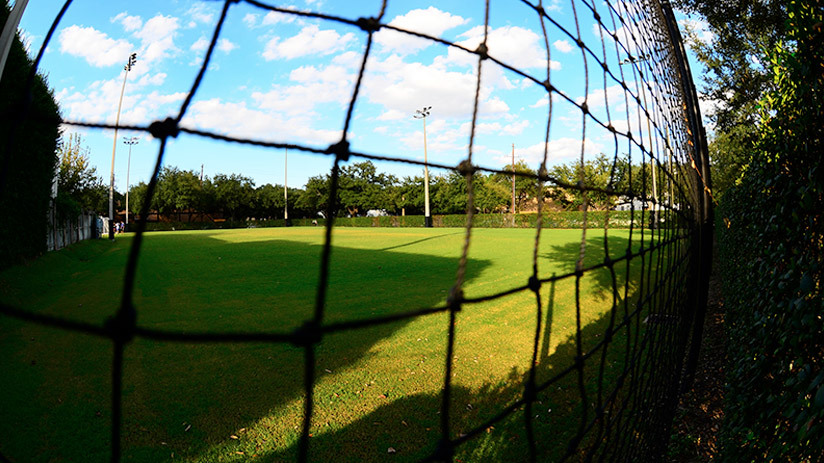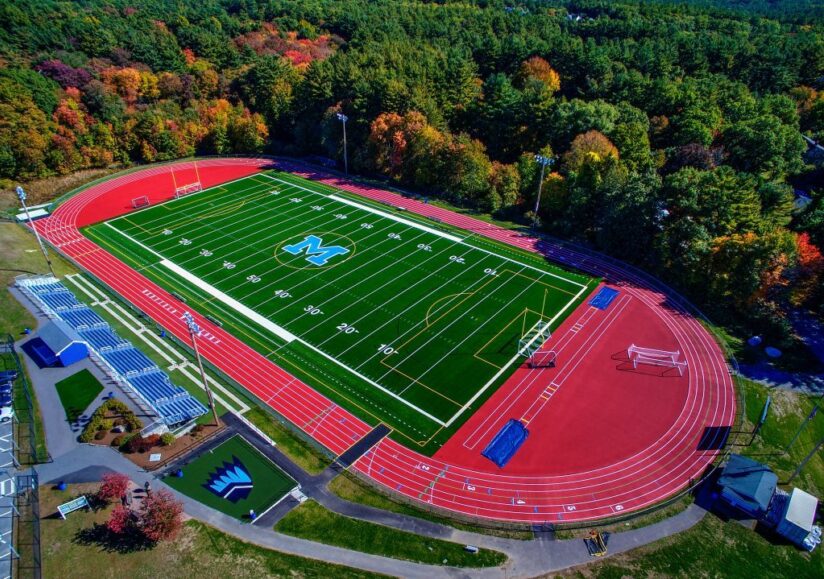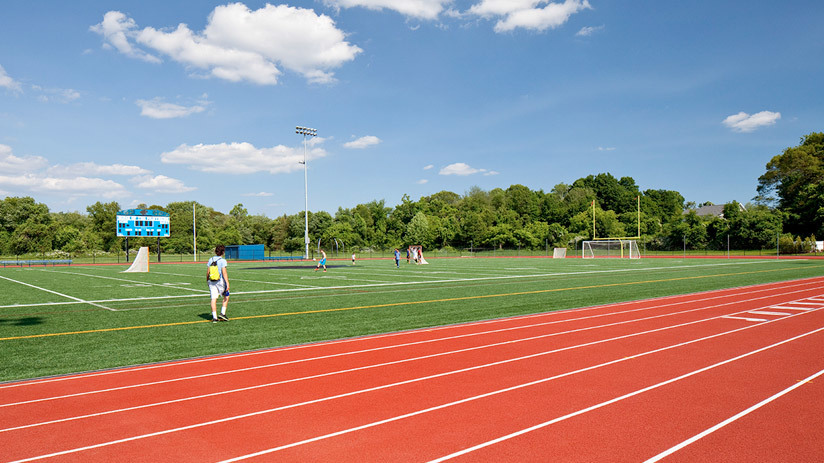The benefits of high-quality athletic spaces
February 27, 2017

According to many experts the industry, high-quality athletic spaces are crucial to the health and performance of athletes. Whether the field is artificial turf or natural grass surface, it must be even, consistent and meet the standards for safety. Athletic surfaces with inconsistencies such as changes in surface hardness, divots, or uneven grades put players at a disadvantage. These poor surfaces result in higher injury rates and limited athletic performance, while a well-built, high-quality athletic space with a consistent surface provides equal opportunities to all players, regardless of their position on the field.
Surface hardness is another important consideration for athletic spaces. Numerous studies demonstrate that providing a safe surface meeting minimum standards for hardness can have a dramatic impact on preventing concussions. Player safety should be a top priority whenever an athletic space is designed and built. There are recommended maximum and minimum limits for surface hardness, as well as multiple methods for testing hardness on a field. Providing a quality space that meets these standards is critical for providing safe play. This is especially important on surfaces that are used for high contact sports, which have a higher risk of injuries.

The rapid advance of technology and the emergence of new techniques in the field of athletic construction have allowed Landscape Architects to offer many different solutions for athletic spaces.
The selection of athletic surfacing is affected by a few different factors that must be taken into consideration. Typically, these include total hours of usage, preference of sports, available land and budget. Planning is critical to successful use, construction, and management of quality athletic spaces.
Understanding how much an athletic facility will be used is an important consideration during the planning process. Will the space be used once a week? Two times a day? All of the time? Understanding these demands will help in determining the type of surface that is needed. Additionally it is important to consider the specidif user groups of an athletic space. Whether the space is serving a single sport or multiple sports can determine the desired level of performance. Will the space be used by recreational players, semi-professionals or professional athletes? These are all important questions to ask.
Often times decisions come down to available budgets and overall project cost. While cost can be the primary concern, careful planning and study creates opportunities to provide high-quality athletic spaces with a reasonable price tag.

Other important aspects of high-quality athletic facility design:
Designing an athletic field or space requires taking many different factors into consideration. Site selection and conditions are one of the most important pieces of the process. In the past, athletic spaces were usually built in low-lying areas with poor-quality soil. Today, Landscape Architects know that high-quality athletic spaces need adequate siting, drainage and soil conditions. Other important considerations include surface type, suitable utilities, accessibility and proximity of support facilities. Taking these factors into account and determining an adequate location and position on the site will protect the assets, users and the facility.
While we are discussing the design of high-quality athletic spaces we must mention water management. Every well-projected athletic space must have a good system that allows for proper management of storm-water and water consumption. Designing and installing a good drainage system and a proper irrigation system will make sure that the space is available for use all year round.
Without a doubt, high-quality athletic spaces are beneficial for every community and professional sports teams. They must be designed and developed by experienced, knowledgeable and qualified Landscape Architects for the best results.
Traverse Landscape Architects is committed to improving the built environment and enhancing human experience through design. As part of our practice, we are continually focused on innovation in the design of athletic facilities to improve the experience of both players and spectators. The continued development and search for innovation in design is ingrained in our practice.


